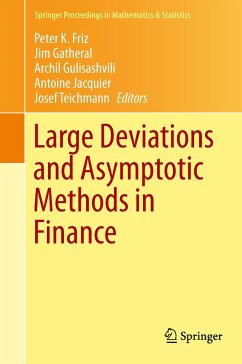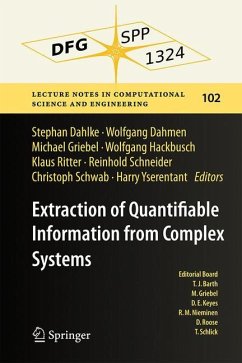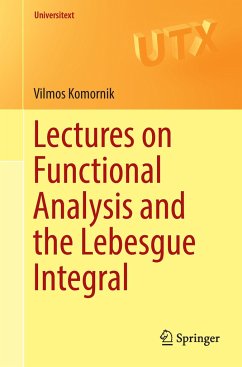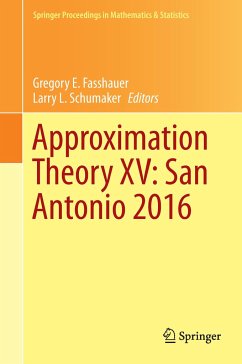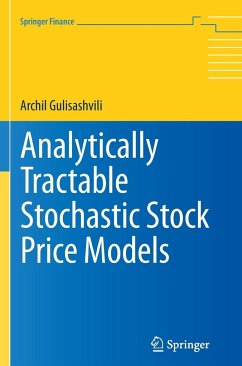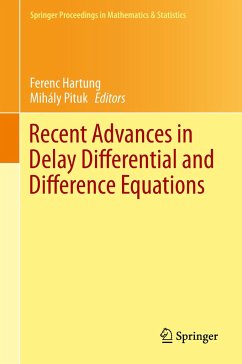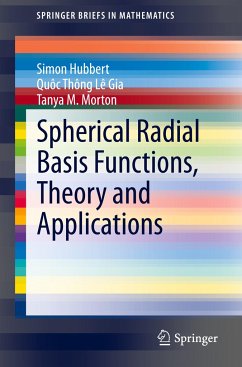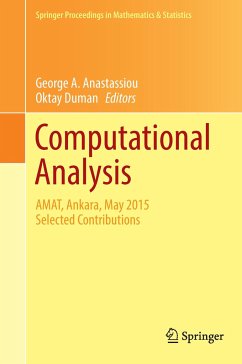
Approximation Methods in Probability Theory

PAYBACK Punkte
0 °P sammeln!
This book presents a wide range of well-known and less common methods used for estimating the accuracy of probabilistic approximations, including the Esseen type inversion formulas, the Stein method as well as the methods of convolutions and triangle function. Emphasising the correct usage of the methods presented, each step required for the proofs is examined in detail. As a result, this textbook provides valuable tools for proving approximation theorems.While Approximation Methods in Probability Theory will appeal to everyone interested in limit theorems of probability theory, the book is pa...
This book presents a wide range of well-known and less common methods used for estimating the accuracy of probabilistic approximations, including the Esseen type inversion formulas, the Stein method as well as the methods of convolutions and triangle function. Emphasising the correct usage of the methods presented, each step required for the proofs is examined in detail. As a result, this textbook provides valuable tools for proving approximation theorems.
While Approximation Methods in Probability Theory will appeal to everyone interested in limit theorems of probability theory, the book is particularly aimed at graduate students who have completed a standard intermediate course in probability theory. Furthermore, experienced researchers wanting to enlarge their toolkit will also find this book useful.
While Approximation Methods in Probability Theory will appeal to everyone interested in limit theorems of probability theory, the book is particularly aimed at graduate students who have completed a standard intermediate course in probability theory. Furthermore, experienced researchers wanting to enlarge their toolkit will also find this book useful.





